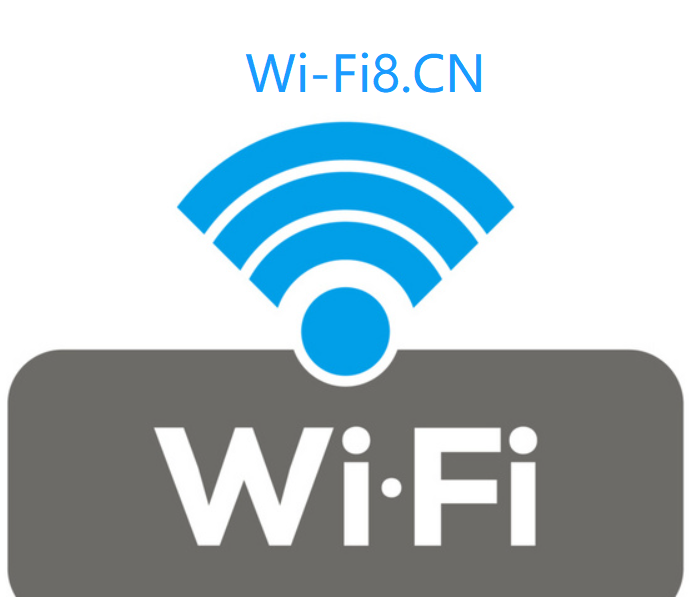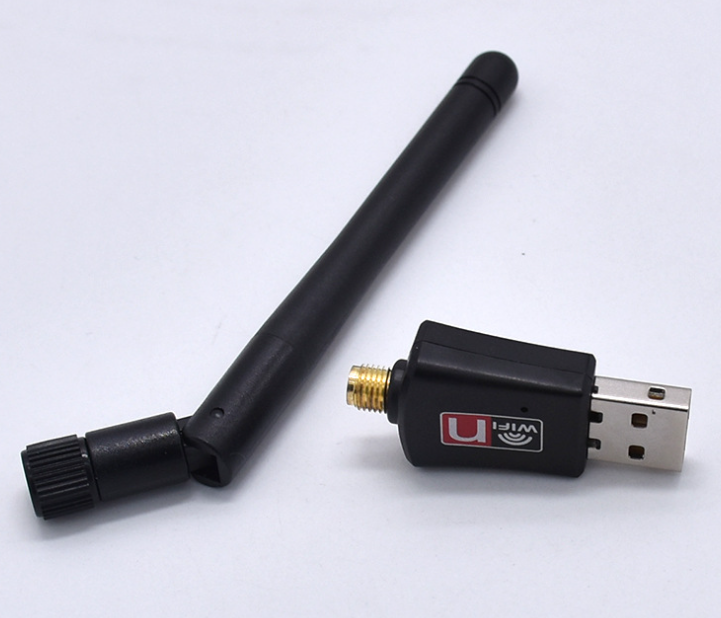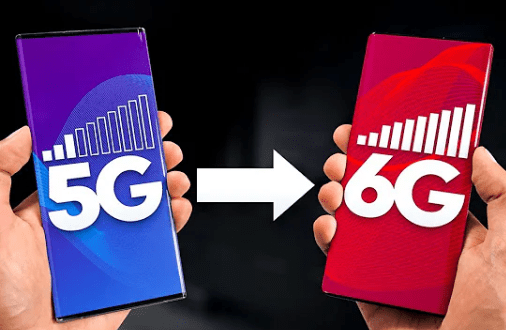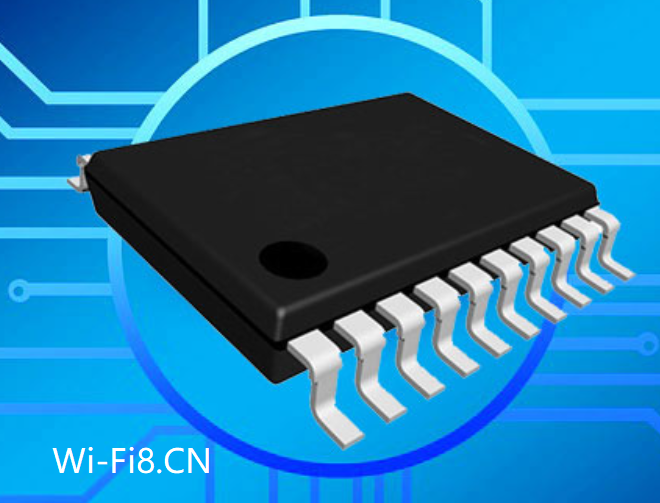How do I prioritize my wireless adapter to connect to 5G WiFi? Simply put, the router WiFi signal we usually contact, the 2.4G WiFi signal range is large, but the network speed is not so high; 5G’s WiFi signal speed is high, but the signal range is not that large.
How do I prioritize my wireless adapter to connect to 5G WiFi?
For laptops that now have wireless cards, the WiFi experience with faster speeds is also good.
So how to make the notebook connect to the 5GWiFi signal first?
First, two hardware needs to be satisfied
1. Wireless router that supports 5G signal
2. The computer is equipped with a wireless network card that supports 5G WiFi
Second, wireless network card settings (take Windows 11 as an example)
1. On the network icon in the lower right corner of the desktop, right-click and select “Network and Internet Settings”
2. Select Advanced “Network Settings”
3. Select More Network Adapters option
4. In the network connection that opens, find your wireless network and right-click and select Properties.
5. In the pop-up WLAN properties, click Configure
6. In the wireless network card properties, select “Advanced Tab”, then pull down the scroll bar in the lower left properties to find Preferred Band, at this time, in the right value, select Prefer 5GHz band.
Third, Application
Most routers support 2.4G and 5G combined shows that computers will preferentially connect to 5G mode Wi-Fi in mixed Wi-Fi networks, and only connect 2.4GWi-Fi signals where 5G signals are not covered.

How to connect the router to wifi (wireless router and Wi-Fi networking guide)
The following is an introduction to wireless routers and Wi-Fi.
In fact, there are many more contents under this topic, today I will talk about the introduction of wireless routers and WiFi.
1. What is a wireless router?
In the 5G era, more and more traffic is included in mobile phone packages, and unit prices are getting cheaper and cheaper, even so, it is difficult to brush dramas without scruples.
Home broadband, charged by bandwidth, unlimited traffic, converted into Wi-Fi signals through wireless routers, not only can be shared by the whole family, but also connected to various smart homes.
Therefore, it is no exaggeration to call a wireless router the data hub of the home.
The name wireless router can be broken down into two keywords: wireless and routing. If you understand the technical principle behind these two words, you understand the wireless router.
Wireless is what we often call Wi-Fi. A wireless router converts home broadband from wired to wireless, and all devices can surf the Internet happily as long as they are connected to their own Wi-Fi.
In addition, these devices also form a wireless local area network, local data high-speed exchange, not limited by the bandwidth of home broadband.
For example, many people have smart speakers at home, which can be used to control various smart appliances. When you say small X small X, turn on the TV, the speaker actually finds the TV through the LAN and sends instructions, and does not need to be connected to the Internet; And if you make it broadcast news, you have to use the Internet to get the data.

The LAN we mentioned earlier, also known as the intranet, is represented by LAN (Local Area Network) on the router, so the Wi-Fi signal is also called WLAN (Wireless LAN), wireless LAN; The Internet we want to access, also known as the external network, is represented by WAN (Wide Area Network) on the router.
In the internal network, the IP address of each device is different, which is called a private address; The external network of all devices shares the same public address, which is distributed by broadband operators such as China Telecom Unicom.
A router is a bridge connecting the internal network and the external network. The IP address translation mentioned above, packet forwarding, is the router’s routing function.
That is to say, the router is the hub of the home network, and all the data of the device must be forwarded to each other to access each other or reach the external network, quite a husband, the meaning of everything, so the full-featured router is also called the “home gateway”.
2. Key technologies of Wi-Fi
The wireless access function of the wireless router is the wireless local area network (WLAN) mentioned earlier. At present, WLAN only has Wi-Fi, a mainstream technology, so the two can be considered equivalent.
Wi-Fi is technically certified and trademarked by the Wi-Fi Alliance. In practice, Wi-Fi is often written as WiFi or Wifi, but these two are not recognized by the alliance.
The Wi-Fi Alliance (full name: Wi-Fi Alliance International, English: Wi-Fi Alliance, abbreviated WFA), is a commercial alliance that owns the trademark of Wi-Fi. It is responsible for Wi-Fi certification and trademark licensing and is headquartered in Austin, Texas.
Wi-Fi, a catchy name widely considered an abbreviation for Wireless Fidelity, is actually a misreading. It’s just a simple name, with no actual meaning, and certainly no full name.
The technical standard behind Wi-Fi is the 802.11 series of protocols developed by the Institute of Electrical and Electronics Engineers (IEEE) in the United States.
2.1 Development of Wi-Fi protocols
Since the first version in 1997, the 802.11 series of protocols has continued to evolve, experiencing multiple versions such as 802.11a/b/g/n/ac, and supporting increasing Internet speeds. The latest protocol version is 802.11ax, which is Wi-Fi 6, which has grown rapidly in recent years.
How to connect the router to wifi (wireless router and Wi-Fi networking guide)
The development history of the IEEE 802.11 family of standards, from the first generation to the sixth generation
In the first many years, although Wi-Fi has developed from generation to generation, there are no such sayings as several generations of Wi-Fi in the world, and the protocol number of 802.11 is directly added to a few letters, which is very unfriendly to ordinary users.
It wasn’t until 2018 that the Wi-Fi Alliance decided to promote the next-generation technology standard 802.11ax with a more accessible Wi-Fi 6, and the previous generation of 802.11ac and 802.11n naturally became Wi-Fi 5 and Wi-Fi 4. As for the earlier technology, no one pays attention anyway, so there is no need to raise the vest again.
How to connect the router to wifi (wireless router and Wi-Fi networking guide)
After the birth of Wi-Fi 6, it was called Wi-Fi 5

On September 16, 2019, the Wi-Fi Alliance announced the launch of the Wi-Fi 6 certification program. Since then, the name of Wi-Fi 6 has spread all over the world, and the newly released devices have basically supported Wi-Fi 6.
2.2. Wi-Fi Channels and Frequency Bands Used
Wi-Fi mainly operates in the 2.4GHz and 5GHz frequency bands. These two frequency bands are called ISM (Industrial Scientific Medical industrial, scientific, medical) frequency bands, as long as the transmission power meets the requirements of national standards, they can be used directly without authorization.
How to connect the router to wifi (wireless router and Wi-Fi networking guide)
The ISM band varies from country to country
2.4GHz as the world’s earliest ISM frequency band, the spectrum range is 2.40GHz~2.4835GHz, a total of 83.5M bandwidth.
Our commonly used Bluetooth, ZigBee, wireless USB also work in the 2.4GHz band. In addition, microwave ovens and cordless phones use the frequency band 2.4GHz. Even the internal chip of the wired USB interface emits a useless signal of 2.4GHz when working, causing interference.
It can be seen that there are many devices working at the same time on 2.4GHz, and the frequency band is crowded and the interference is serious. When the lights are on, you and your neighbors upstairs and downstairs are happily surfing the Internet using Wi-Fi, the router silently selects the channel behind the back and coordinates the interference.
Wi-Fi divides the 83.5M bandwidth on the 2.4G band into 13 channels, one for every 20M. Note that these channels are overlapping, originally only 3 can be put down, but now they are squeezed into 13, mutual interference is difficult to avoid, can only be reduced as much as possible, big deal everyone is slower, queue for rotation.
How to connect the router to wifi (wireless router and Wi-Fi networking guide)
2.4G spectrum and channel (channel 14 is not allowed in China)
To what extent do the channels overlap? From the figure below, it can be seen intuitively that in these channels, only 1, 6, 11 or 2, 7, 12, or 3, 8, 13 these three groups are completely unoverlapping, which shows the congestion of the 2.4GHz band. Just like a very narrow road, there are many cars passing on it, and traffic jams are frequent, which is bound to cause a decrease in traffic speed.
2.4G non-overlapping channel distribution
At 802.11n, users can use 40M channels, but the 2.4GHz band still only has a total bandwidth of 83.5M, which can only accommodate two channels. Therefore, only in the dead of night when the network is idle, it is possible for a single user to use the 40M channel, coupled with the interference from the old Wang family next door, the high rate of 802.11n is largely difficult to achieve.
Desktop computer laptop wireless adapter
How to connect the router to wifi (wireless router and Wi-Fi networking guide)
2.4G 40M bandwidth channel
If the 2.4GHz band is a sheep’s gut path, the 5GHz band is undoubtedly a good road.
The available range of the 5GHz frequency band is 4.910GHz~5.875GHz, with a bandwidth of more than 900M, which is more than 10 times that of 2.4G! This spectrum is too wide, and different countries have defined the range that Wi-Fi can use according to their own circumstances.
For example, in China’s 5GHz spectrum, a total of 13 20M channels can be used as Wi-Fi, and consecutive 20M channels can also form 40M, 80M, and even 160M channels.













